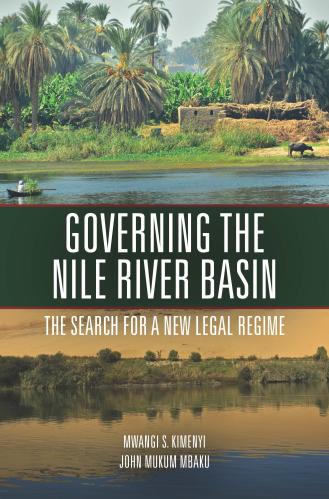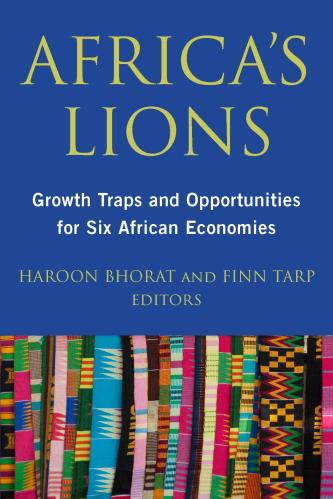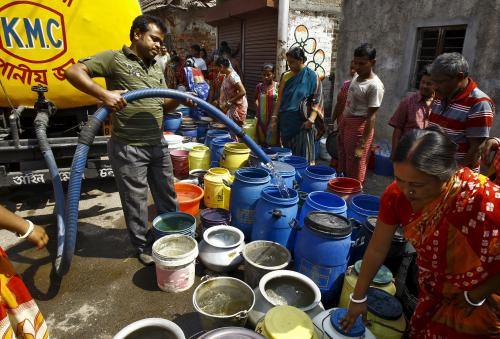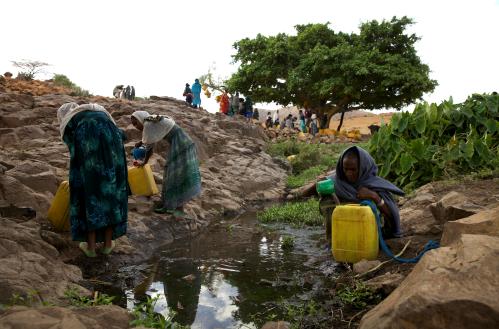Cape Town has become the latest poster child of drought in the Southern African region. The dramatic declaration of Day Zero—the date on which the taps are turned off—has caught the attention of the world. Indeed, in light of this looming deadline, now set for July 7 of this year, the city is facing the implementation of unprecedented water restrictions, such as a daily limit of 50 liters of water per person; severe, mandatory decreases in water usage by agricultural users and commercial properties; and complete bans of unnecessary water usage, such as filling pools and washing cars.
But the Cape Town experience is not an isolated one: This development follows stark drought episodes in the broader Southern African region on the back of the 2014 El Niño, which has been recognized globally as the most severe drought in 20 years. Even before El Niño, East Africa was ravaged by the severe 2011-2012 drought, which jeopardized food security there: Most acutely felt in Somalia, Djibouti, Ethiopia, Kenya, and Uganda, where collectively 10 million people were threatened with famine. This food shortage and threat to agricultural security has continued to the present as a result of the erratic weather patterns. During the El Niño, severe droughts in South Africa’s summer rainfall areas plunged five of its nine provinces into the realm of stagnating economic growth. A traditional grain exporter, South Africa has been forced to import staples. Aftereffects of drought are not just limited to food insecurity. For example, since 2017, Zimbabwe has been ravaged by post-drought flooding, resulting in both loss of lives and livelihoods.
3 factors that brought Cape Town to Day Zero
One of the primary difficulties in addressing water scarcity in Africa, and indeed the decreasing water security worldwide, is the continued conservatism of the current global establishment. We insist on trying to solve 21st century problems with 20th century technology and solutions, using 19th century operating rules, standards, and guidelines. The water crisis in Cape Town illustrates this trend. Planners at city, provincial/state, and national levels relied on the 2005 planning exercise that, at the time, indicated the city was water secure until 2022. This was when the next major water augmentation or major new water supply infrastructure would be required. These plans did not accommodate other scenarios, in spite of continuing major drought events in South Africa and its neighbors, which clearly indicated a shift in weather patterns.
A second factor is the city’s over-reliance on traditional surface water sources, with limited investment in a sustainable groundwater strategy or other augmentation options like desalination. The water demand management strategy was far short of what was required in the early 2000s to maintain water security up to 2022.
Third, there is limited enthusiasm from South African institutions and their international partners to embrace the array of new solutions and technologies. Cape Town and other South African cities are renowned, quite justifiably, as having some of the better water utilities in the world. This is a key factor in how South Africa has been able to ensure water security in the 30th driest country on Earth. It is also fair to say that we came out less than favorably when stress tested by this five-year intermittent, but extreme, drought episode.
A “new normal”—and its consequences
Core to every analysis of these drought episodes, and extreme weather events in general, is the phenomenon of a change in Southern African climate on the back of global climate change. There is a growing political acceptance of the concept of a “new normal”—a term that has found resonance in platforms like the African Union (AU) African Ministers Council on Water.
This “new normal” has precipitated changes that have had a profound impact economically, with direct and dramatic losses in earnings at many levels experienced by individuals, as well as countries’ GDPs and growth rates.
The second impact of the new normal is social. Climate change events are directly reducing livelihood opportunities, with citizens eking out a living from a rapidly degrading environment in the short-term. In addition, indirect repercussions, such as challenges of social upheaval in the medium to long-term are also becoming evident. Indeed, two features of this emerging trend are social delivery protests in countries like South Africa and Ethiopia as well as the new phenomenon of what can best be described as “climate change migration.”
This is an important outcome of the third impact, which is environmental. Degradation of the environment and biodiversity loss is a graphic feature of a new drier and hotter regional climate.
The new category of refugees is seeking asylum from economic, social, and environmentally depressed traditional locations on the back of droughts and floods precipitated by the changes in the sub-Saharan climate in recent years. This triumvirate of drivers will inevitably have a profound impact on the political stability and the security status of the region, inviting the somewhat inappropriate metaphor of a dark cloud hanging over this part of the world.
So, is there a silver lining?
At the same time as these dangers, we are also sitting on an unprecedented opportunity: Some of the highest levels of innovation in water in human history are being developed. We have an ability to revolutionize both water and sanitation in a manner that facilitates the targets of universal access to safe water and dignified sanitation, as expressed in the United Nations’ Sustainable Development Goals. In addition, if we fully utilize the boons of recent scientific discovery and innovation, we can do this in a manner that vastly increases local and global water security. Water can be available for economic growth with increased opportunities for livelihood creation and entrepreneurship, food security, and concomitant health security. In the African context this will remove one of the core constraints in the realization of the AU’s Vision 2063 ambition for a more industrialized and prosperous Africa.
What makes this opportunity even more exciting is that the new science points to water-energy nexus solutions that, if engineered imaginatively, will provide combined water and energy solutions in a sustainable development paradigm. That will not only relieve the burden on existing water and energy grids, but because of their ingenuity, organize to engage and achieve these goals with lower carbon dioxide emissions—thus paving the way to a lower carbon future. These new solutions include new sanitation mechanisms epitomized by the Gates Foundation-led Reinvent the Toilet Challenge, and exciting new solutions to turn polluted waters like acid-mine water into potable water. New technologies can enable water-sensitive cities to not only have the ability to see to a significant percentage of the city’s nutritional needs through urban agriculture, but to also develop inner-city artificial and enhanced natural wetland systems that radically decrease the city’s ecological footprint and impact on surrounding rural areas.
The brightest part of this silver lining is that Africa, precisely because of its lower levels of development, is not as locked into the existing infrastructure as those in Europe and the Americas. Therefore, the continent has the best opportunity to leap frog with these new solutions, transforming into a water-secure continent, and pioneering the possibility of a water-secure world.
The Brookings Institution is committed to quality, independence, and impact.
We are supported by a diverse array of funders. In line with our values and policies, each Brookings publication represents the sole views of its author(s).









Commentary
Day Zero on the back of drought in Southern Africa: Lessons for the future
February 23, 2018